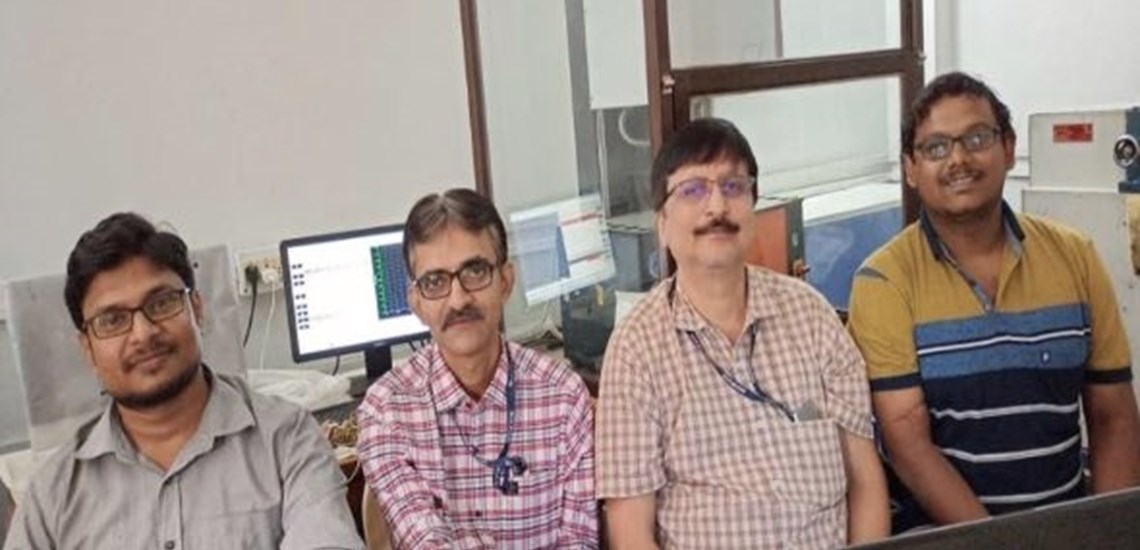Indian and German researchers have developed a new devulcanisation process. The developers claim that this process is superior to other available techniques.
Indian Research Develops New Devulc Process
Scrap rubber such as worn-out tyres contribute to environmental pollution, and there is an urgent need for safely repurposing them.
A team of researchers from India and Germany has devised a new process to retrieve almost all different types of rubber from used and discarded vulcanised scrap rubber. The process not only reclaims a high amount of rubber but also is of a superior quality, which can be repurposed into other products, including making new tyres, according to the researchers.
It is estimated that nearly one billion scrap tyres are discarded annually. Pyrolysing them leaves a char and different hydrocarbon oils without any rubber residue. The few alternative recycling processes currently available are elaborate and expensive with very little value addition to rubber. Devulcanisation of rubber is claimed to be a better way of repurposing used rubber. Some conventional methods to reclaim rubber are prone to toxic emissions and yield a deficient degree of devulcanisation, in the end, said the researchers.
“Our chemical procedure is very safe with no toxic emissions as it involves what is called the chain capping reaction during devulcanisation. Also, the silica reinforcement during devulcanisation through coupling reaction exhibits enhanced strength of the material,” explained Dr Debapriya De, lead researcher at MCKV Institute of Engineering, Howrah.
For their study, the team procured commercial shredded waste rubber material and added a specific devulcanising agent called TESPT to break sulphur bonds of vulcanisation. The resulting material was ground and subjected to mechanical rolling process from which elastomeric sheets of original thermoplastic like rubber were obtained.
The reclaimed material was assessed chemically, morphologically and mechanically. The material exhibited good mechanical properties, tear strength, abrasion resistance, and dynamic mechanical properties with comparable toughness and composition to fresh rubber.
The team included Debapriya De and Soumyajit Ghorai (MCKV Institute of Engineering, Howrah); Dipankar Mondal (University of Calcutta); Sakrit Hait, Anik Kumar Ghosh, Sven Wiessner and Amit Das (Leibniz-Institut für Polymerforschung Dresden e.V, Dresden, Germany). The results were published in journal ACS Omega (India Science Wire).




















